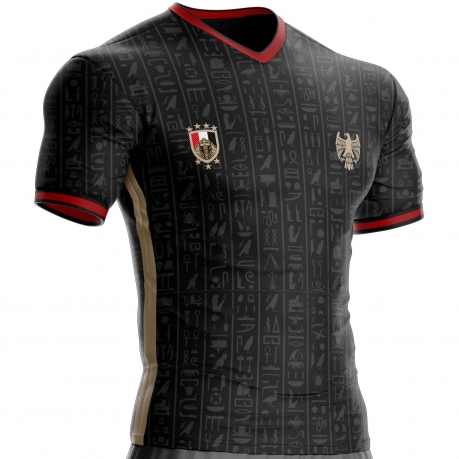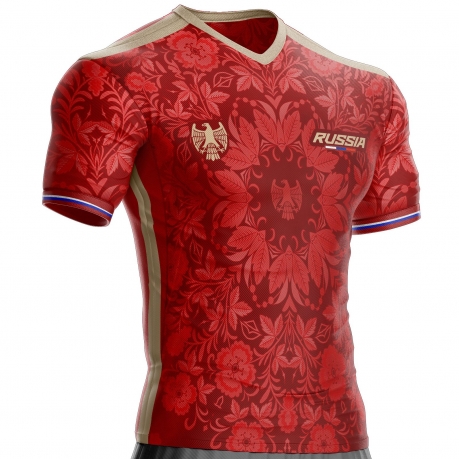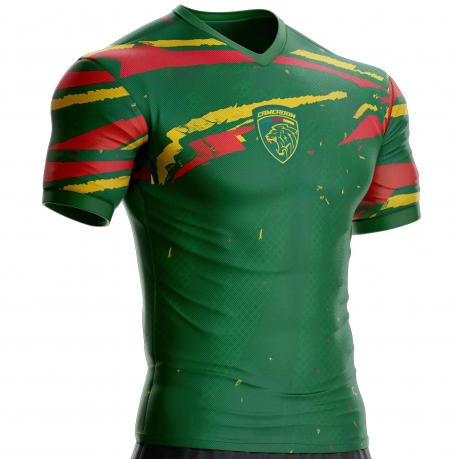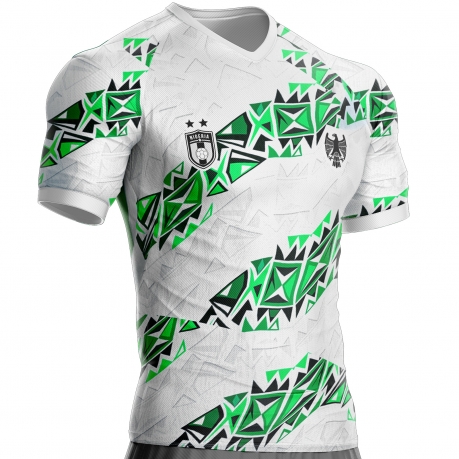World Football's Greatest National Rivalries

Imagine the Camp Nou in turmoil. A deafening roar rises from the stands as Lionel Messi, ball at his feet, slaloms between the Madrid defenders. The Clasico is back, and the world is holding its breath.
More than a simple football match, this meeting is a real identity confrontation. On one side, FC Barcelona, symbol of Catalonia and its independence. On the other, Real Madrid, standard of Spanish centralization.
In this article, we will explore the fascinating world of national football rivalries. From South America to Africa, via Europe, we invite you to discover the stories and notable moments of these legendary confrontations that thrill supporters and fuel the passion for football.
Throughout these pages, you will travel across time and continents to witness classic duels:
The Spanish Clasico (Real Madrid vs FC Barcelona): a historic rivalry which goes beyond the sporting framework and symbolizes the confrontation between two visions of Spain.
The clash of the English titans (Manchester United vs Liverpool): a battle for supremacy in the north of England, tinged with industrial and social rivalry.
The fiery French duel (Olympique de Marseille vs Paris Saint-Germain): an opposition between two cities and two cultures, which results in an electric atmosphere on and off the pitch.
The Argentine Superclásico (Boca Juniors vs River Plate): a visceral rivalry that divides Buenos Aires into two enemy camps.
The Egyptian duel (Al Ahly vs Zamalek): a passionate confrontation for the domination of African football.
Much more than just matches, these rivalries constitute an essential element of football culture. They fuel the passion of supporters and contribute to the greatness of this universal sport.
So, fasten your seat belts and prepare to experience a thrilling journey into the heart of football's greatest national rivalries!
The Spanish Clasico: a rivalry much more than sporting
Name of rivalry and teams involved:
The Clasico, Real Madrid vs FC Barcelona.
Origin of the rivalry:
The rivalry between Real Madrid and FC Barcelona has its roots in the Spanish Civil War. Real Madrid was considered the club of the Franco regime, while FC Barcelona was seen as the symbol of Catalan resistance. This political opposition gave a symbolic dimension to the sporting rivalry, which intensified over the years.
Highlights of the rivalry:
The Clasico was the scene of many unforgettable moments. We can cite the semi-final of the 2002 Champions League, won by Real Madrid thanks to a goal from Zidane, or the 2017 match where Barça humiliated Real 5-1 at the Camp Nou.
Impact of the rivalry:
The Clasico is one of the most followed matches in the world. It attracts millions of viewers and generates enormous passion among supporters. The rivalry is such that it influences the daily life of Madrilenians and Barcelonans, and even Spanish politics.
Iconic players:
The Clasico has seen the birth of some of the greatest players in the history of football, such as Alfredo Di Stéfano, Diego Maradona, Johan Cruyff, Ronaldo, Lionel Messi and Cristiano Ronaldo.
Anecdotes:
In 2005, Real Madrid won the Spanish title in a thriller against FC Barcelona. The decisive goal was scored by Samuel Eto'o, a Cameroonian player who had trained at La Masia, Barça's training center.
The clash of the English titans: an industrial and social rivalry
Name of rivalry and teams involved:
The clash of the titans, Manchester United vs Liverpool.
Origin of the rivalry:
The rivalry between Manchester United and Liverpool originated in the 19th century, in the context of the industrial revolution. Manchester was a thriving industrial city, while Liverpool was an important port. This difference in economic situation contributed to the creation of a rivalry between the two cities.
Highlights of the rivalry:
Clash of the Titans was the scene of many memorable matches. We can cite the 1999 match where Manchester United won the Premier League in the last minute thanks to two goals from Teddy Sheringham and Ole Gunnar Solskjaer, or the 2014 match where Liverpool crushed Manchester United 7-0 at Anfield.
Impact of the rivalry:
Clash of the Titans is one of the most competitive matches in the world. It attracts millions of viewers and generates enormous passion among supporters. The rivalry is such that it influences the daily life of Mancuniens and Liverpuldiens.
Iconic players:
The clash of the titans saw the birth of some of the greatest players in football history, such as Bobby Charlton, Kenny Dalglish, Eric Cantona, Steven Gerrard and Cristiano Ronaldo.
Anecdotes:
In 2011, Manchester United won the English league title in a thriller match against Manchester City. The decisive goal was scored by Sergio Agüero, an Argentine player who had trained at Independiente, the rival club of River Plate, one of Boca Juniors' sworn enemies.
The Argentine Superclásico: a visceral rivalry
Name of rivalry and teams involved:
The Superclásico, Boca Juniors vs River Plate.
Origin of the rivalry:
The rivalry between Boca Juniors and River Plate was born at the beginning of the 20th century, in the context of immigration to Argentina. Boca Juniors was the club of Italian immigrants, while River Plate was the club of descendants of wealthy Argentinian families. This difference in social origin contributed to the creation of a rivalry between the two clubs.
Highlights of the rivalry:
The Superclásico has been the scene of many legendary matches. We can cite the 2018 Copa Libertadores final, won by River Plate after a heated return match in Buenos Aires, or the 2019 match where Boca Juniors beat River Plate 3-1 at the Monumental.
Impact of the rivalry:
The Superclásico is one of the most followed matches in Argentina. It literally divides Buenos Aires into two enemy camps. The rivalry is such that it influences the daily life of the inhabitants, who proudly display the colors of their favorite team. On match days, the city is in turmoil and the atmosphere is electric in the stadiums.
Iconic players:
The Superclásico has seen many legendary players, such as Diego Maradona and Juan Román Riquelme for Boca Juniors, and Alfredo Di Stéfano and Enzo Francescoli for River Plate. These players marked the history of Argentine football and their personal rivalry helped fuel the passion around the Superclásico.
Anecdote:
In 1996, a Superclásico match had to be interrupted due to an invasion of tear gas on the pitch. This anecdote illustrates the tension and violence that can sometimes surround this encounter.
National rivalries are an essential part of football culture. They fuel the passion of supporters and contribute to the greatness of this universal sport.
These legendary confrontations transcend the simple sporting framework. They symbolize identity, social or economic oppositions, and give rise to moments of rare emotional intensity.
The Spanish Clasico, the clash of the English titans, the Argentine Superclásico and so many other rivalries thrill fans around the world. They constitute a true footballing heritage, which is passed down from generation to generation.
And you, what are your favorite national rivalries? Share your stories and comments in the space below. Let the passion for football express itself!













